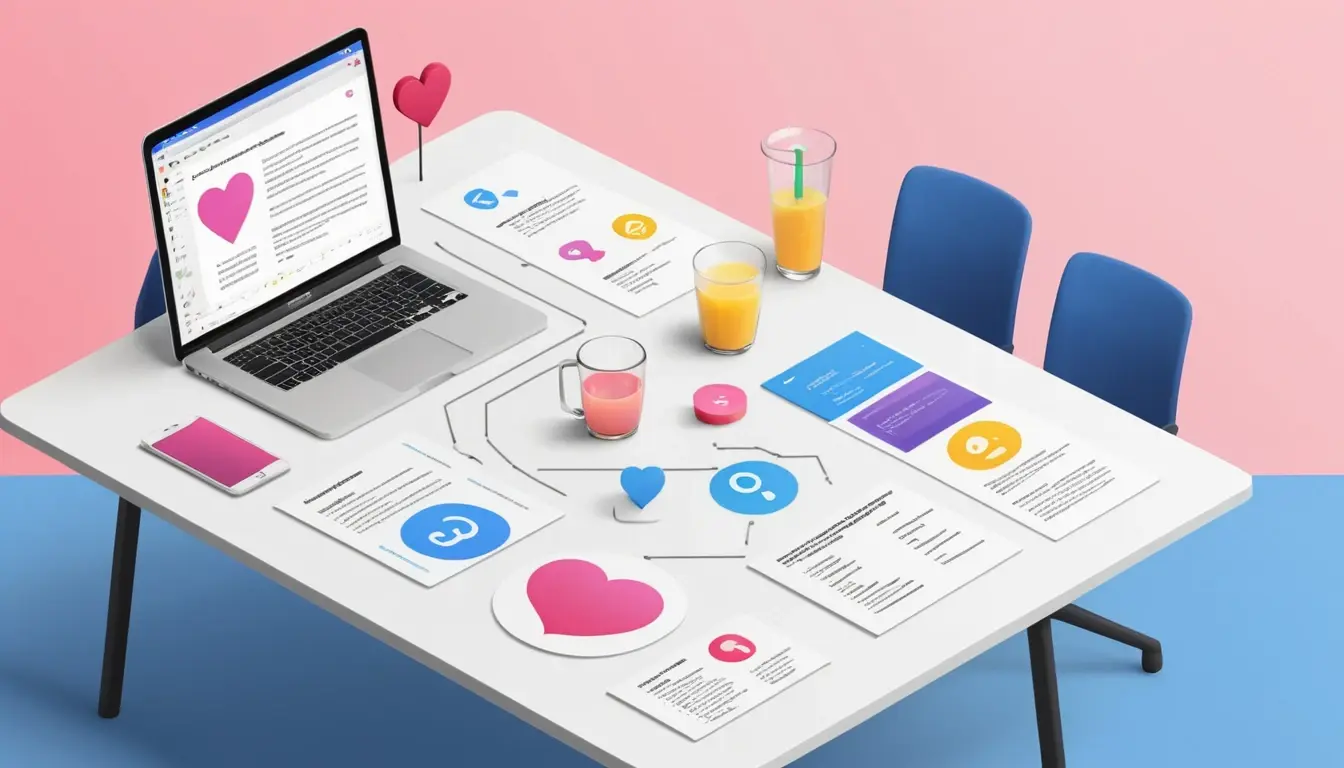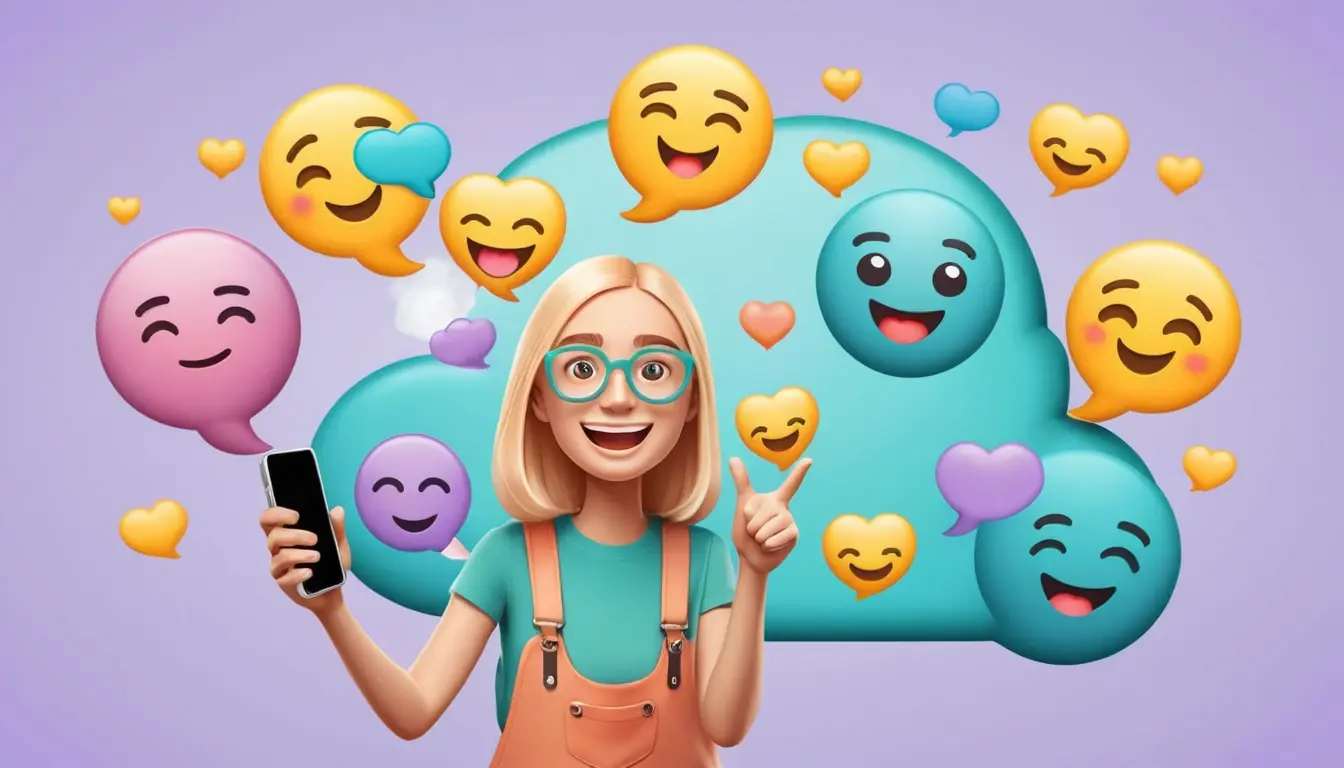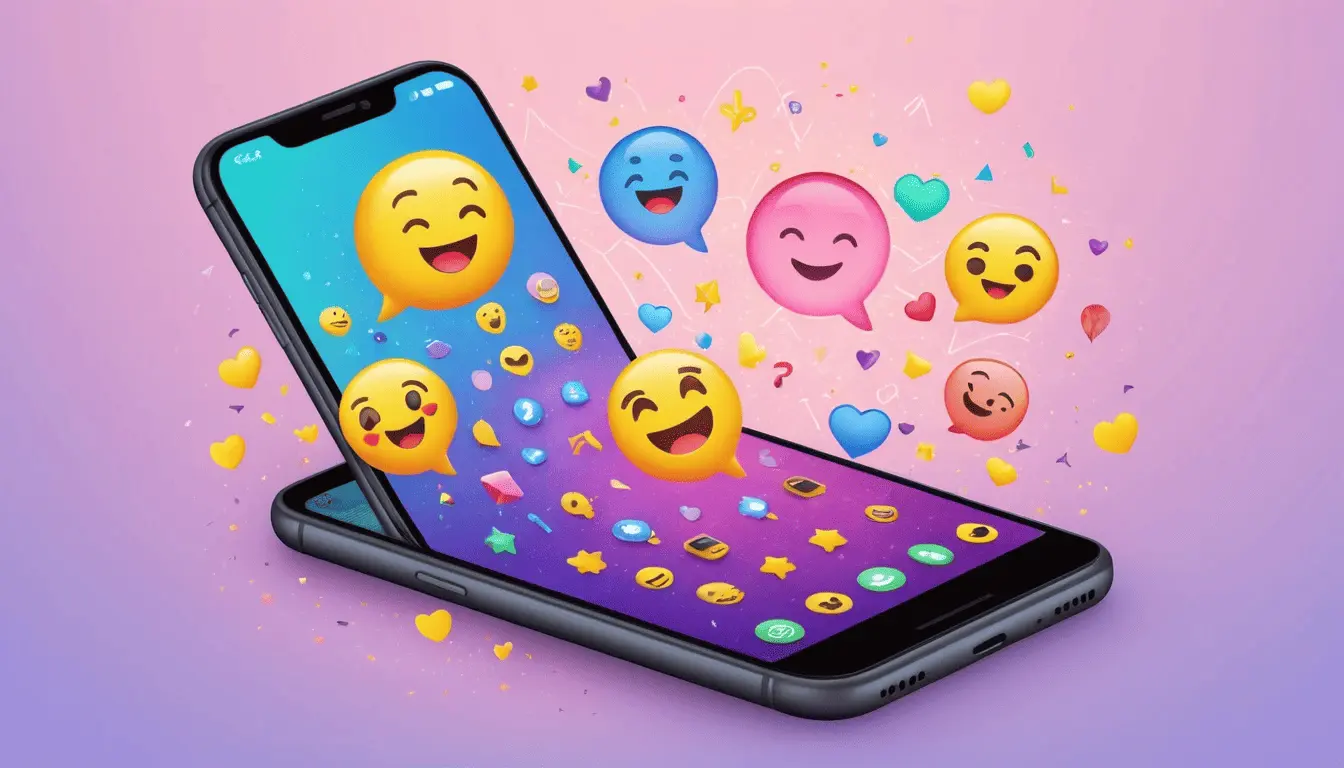The History of Emoji: From Japan’s to Global Language


They’re tiny, colorful, and somehow capable of expressing almost anything — excitement, sarcasm, love, awkwardness, even full-on existential dread. We’re talking, of course, about emojis.
They’re everywhere. In texts, on TikTok, in work chats (whether your boss likes it or not). But emojis didn’t just appear out of nowhere. Their journey is actually kind of fascinating — starting with a few pixelated symbols on Japanese phones and evolving into one of the most widely understood forms of communication on the planet.
Let’s rewind for a second — back to where all this emoji madness started.
The Beginning: Japan, 1999
Imagine it’s the late '90s. Phones are chunky, screens are tiny, and texting? Super basic. You’ve got a strict character limit (160, if you’re lucky), and no easy way to show tone or emotion. There’s no 😂 Face With Tears Of Joy→ to show you're laughing, no 😭 Loudly Crying Face→ to exaggerate how dramatic you’re being — not even a 🙃 Upside-Down Face→ to hint that you're being just a little sarcastic.
Enter Shigetaka Kurita, a designer at Japanese mobile company NTT DoCoMo, with a simple but radical idea:
What if we added little pictures into texts to show emotion?
And just like that, the first emoji set was born — 176 icons, 12x12 pixels each. No color, no animation — just tiny pictures like ☀️, 💔, and 📱 Mobile Phone→ designed to say a lot with very little.
Fun fact: “Emoji” comes from Japanese — e (絵) means picture, and moji (文字) means character.
It’s a total coincidence it sounds like “emotion,” but it works.
What the First Emojis Looked Like
Kurita’s original emoji set was meant to be practical:
- Weather: ☀️ Sun→ 🌧️ Cloud With Rain→ ⛄ Snowman Without Snow→
- Emotions: ❤️ Red Heart→ 💢 Anger Symbol→ 💔 Broken Heart→
- Daily life: 📧 E-Mail→ 💡 Light Bulb→ 🏠 House→
Inspired by manga, signage, and kanji, the goal was never flash — it was clarity. Emojis made text messaging warmer, faster, and more personal.
Emojis Leave Japan
For a while, emojis stayed in Japan. Meanwhile, the rest of the world was still using :-) and ;-). But once people outside Japan got a taste of emojis, they wanted in.
Problem was: every phone company had its own version.
So a smiley face on one phone could show up as a glitchy box on another. Not ideal.
That’s when Unicode stepped in to save the day.
Unicode Makes Emojis Universal
In 2010, emojis were added to the Unicode Standard — the official global rulebook that makes sure text displays the same across all platforms.
It was a turning point. Now, you could send an emoji from an iPhone to an Android — and it would actually show up properly.
This also paved the way for more inclusivity and expression:
👨🔧 Man Mechanic→ Different professions
👨🏿🎓 Man Student: Dark Skin Tone→ Skin tones
👨👩👧👦 Family: Man, Woman, Girl, Boy→ Family combinations
🦽 Manual Wheelchair→ Accessibility emojis
Unicode turned emojis from a novelty into a legitimate form of global communication.
Want to see how emoji language has grown over time? Explore the full Unicode Emoji Version History to see what each release introduced—from the OG yellow smileys to today’s melting faces and heart hands.
Emojis Go Mainstream
Emojis weren’t just a tech upgrade — they became culture:
- Oxford Dictionaries named 😂 the 2015 Word of the Year
- The Emoji Movie happened (still controversial)
- Brands and celebs started using them like language
- Your mom started sending 💕 Two Hearts→ in every message
From memes to merch to marketing campaigns, emojis were no longer optional — they were essential.
Where We Are Now
Fast forward to today: emojis are a language.
You can respond to a message with a single emoji and convey humor, tone, even full context — something pure text often struggles to do.
And as our emoji vocabulary grows, it reflects our world:
- 🫶 Heart Hands→ Heart hands for subtle support
- 🧠 Brain→ Brain for obsession or overthinking
- 🧑🦽➡ Person In Manual Wheelchair Facing Right→ A symbol of mobility, accessibility, and inclusivity
- 🪩 Mirror Ball→ Mirror ball for party-core TikToks
They’re expressive. They’re inclusive. They’re emotional.
And they’re still evolving.
Still Emoji-Curious?
It’s kind of amazing when you stop and think about it — emojis started as tiny little pixels on old-school phones in Japan, and now they’re basically a language we all use every day.
If you’ve ever wondered what your go-to emoji really says about you, or you just want to mess around with new combos, we’ve got a few AI tools you might like:
- Emoji to Text – Drop in a few emojis and get a read on how they might come across. Could be deep. Could be chaos. Who knows?
- Text to Emoji – Got a mood, a random thought, or something you just can’t quite put into words? Type it in and we’ll turn it into emojis that say it for you.
- What Emoji Are You? – Ever wonder which emoji totally matches your personality? Take a quick quiz — it’s weirdly accurate (and kind of fun).
And if you’re just in a scrolling mood, dive into our emoji articles or explore All Emojis. There’s always something new to discover — and who knows, you might find a new favorite along the way.
Because emojis aren’t just little icons we slap on messages —
They’re how we laugh, flirt, vent, and connect.
Without saying a word.
Share this article
Help others discover this content
Related Articles

How Emojis Are Designed and Approved by the Unicode Consortium
Who decides what emojis make it to your phone? It’s not just Apple or Google — it all starts with a formal proposal, a review process, and a final Unicode decision. Here’s how a juice box becomes a global symbol.


Emoji Language: Can You Really Communicate Without Words?
Emojis have evolved into emotional tone-setters in digital conversation. But can they really replace language? We break down how far emoji communication has come—and where it might be heading.


What Do Emojis Mean? A Complete Guide to Emoji Meanings
You sent 😊 thinking it was friendly, but got no reply — did you just send the wrong message? Emoji meanings can be surprisingly complex. In this guide, we explore what emojis really mean and how context, platforms, and culture shape them.

